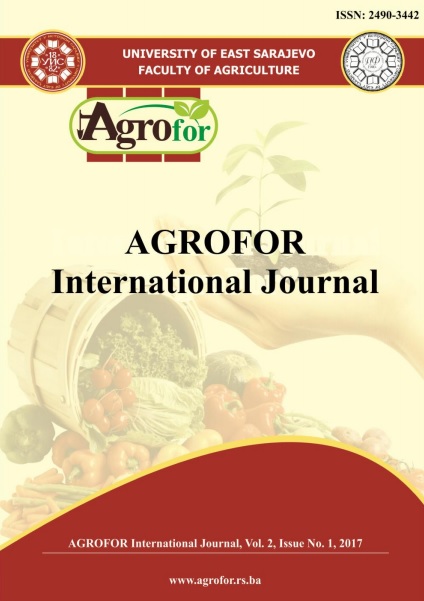SEEKING AN OPTIMAL CLASSIFICATION SYSTEM FOR THE COMMERCIAL CATEGORIES OF OLIVE OILS
DOI:
https://doi.org/10.7251/AGRENG1701154MAbstract
The ultimate goal of food classifications systems (FCS) is to inform in an adequate
way to the different agents of the market and mainly to consumers about the
different categories, characteristics and quality of a food product. In particular, in
this paper we focus on the olive oils classification systems. This system is formed
by three product categories divided according to the objective quality of each one.
Its main function is to help the consumers to distinguish and understand the
distinctive characteristics of each category, motivating their learning to ensure that
they can make informed decisions, avoiding confusion or mistakes. However, in
many cases, the classification systems show important deficiencies that increase
the confusion and hinder the consumer learning. For this reason, the objective of
this work is to offer some orientations for the design of effective FCS. To analize
the usefulness of diverse elements such as the length of the categories (short-long)
and a series of visual signs (colours, numbers and images), in relation to the
learning results, we conducted an experimental study with 840 spanish participants
during November and December, 2014. The results allow us to provide a series of
recommendations that can help to enhance the current classification system for
olive oils.

